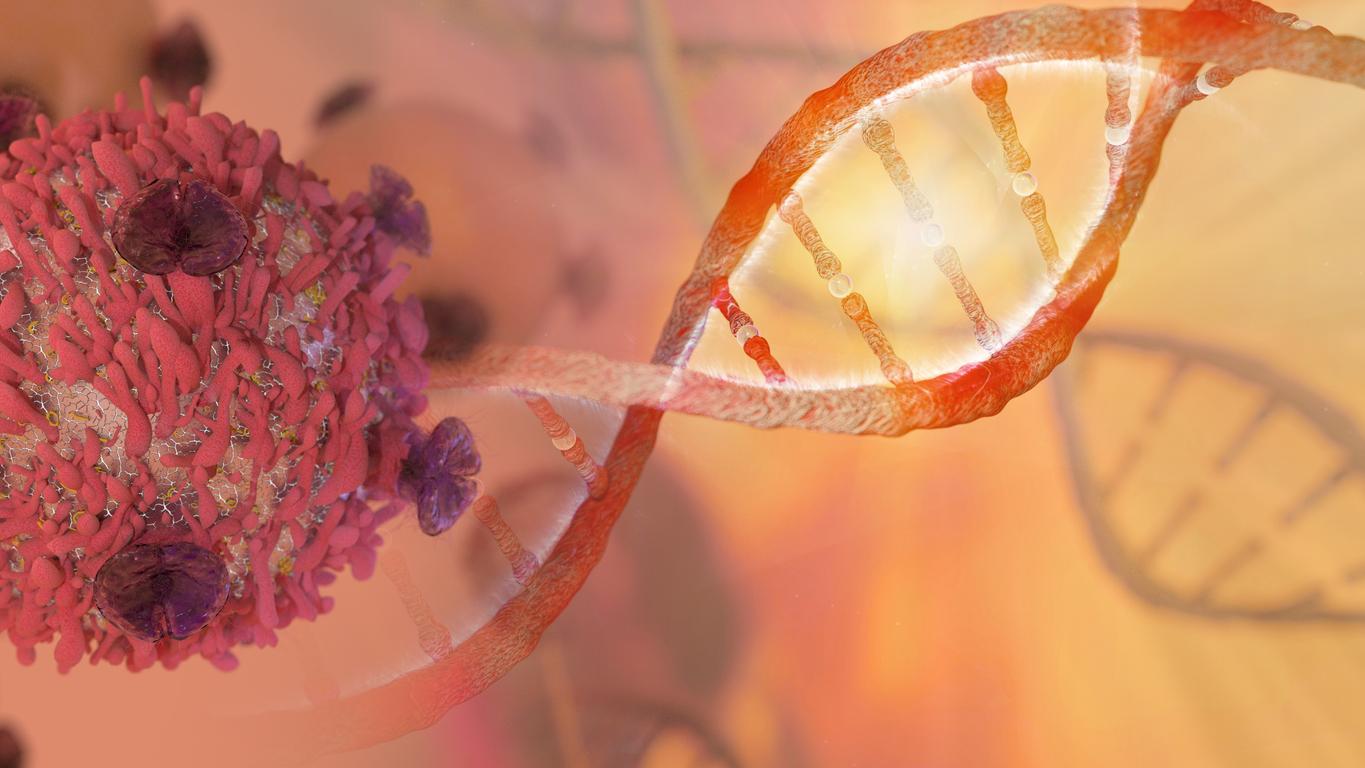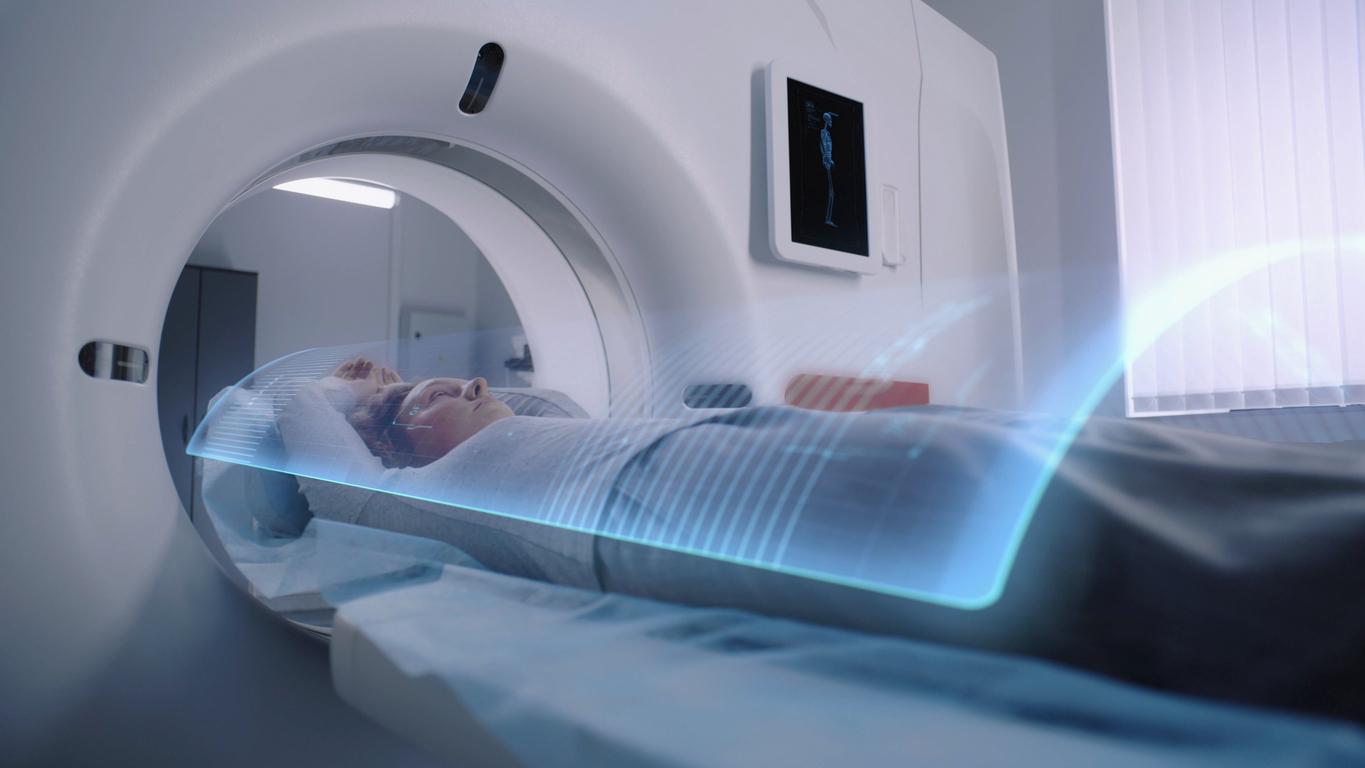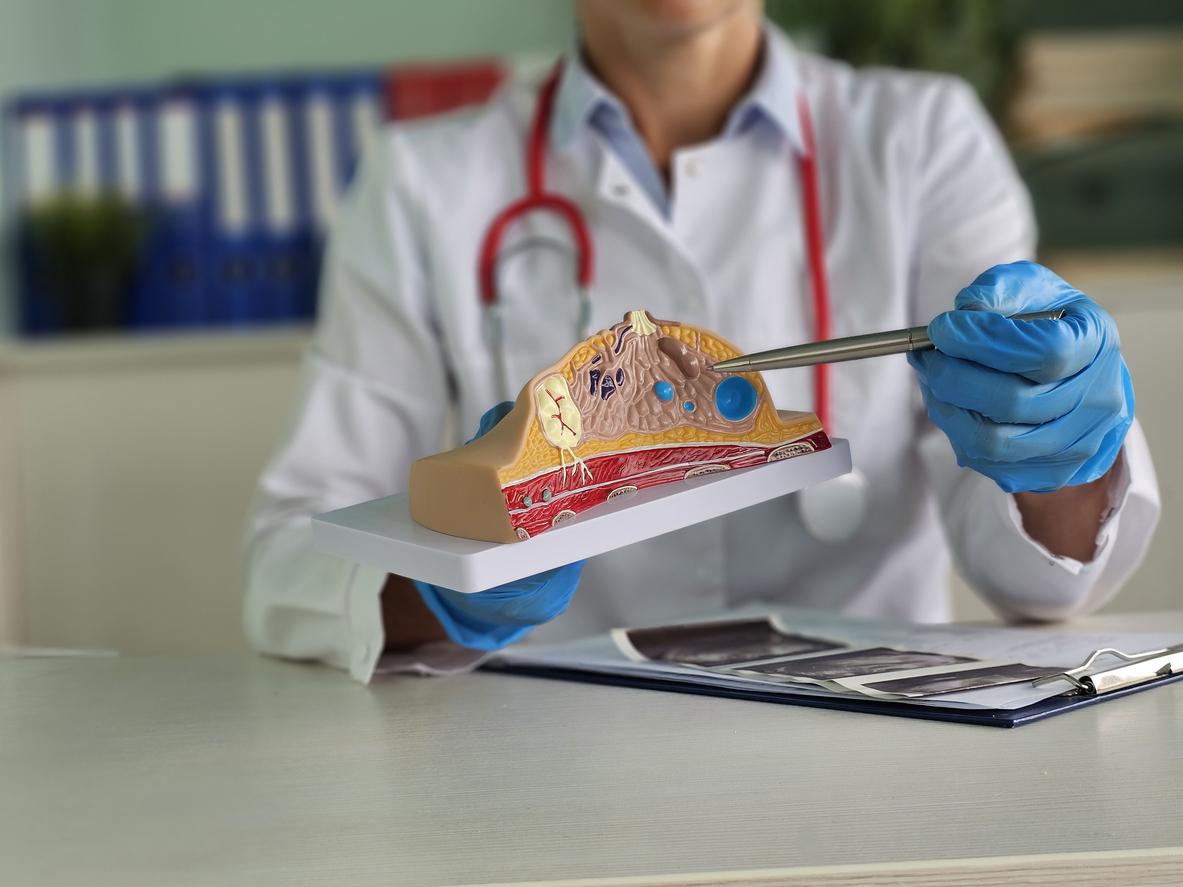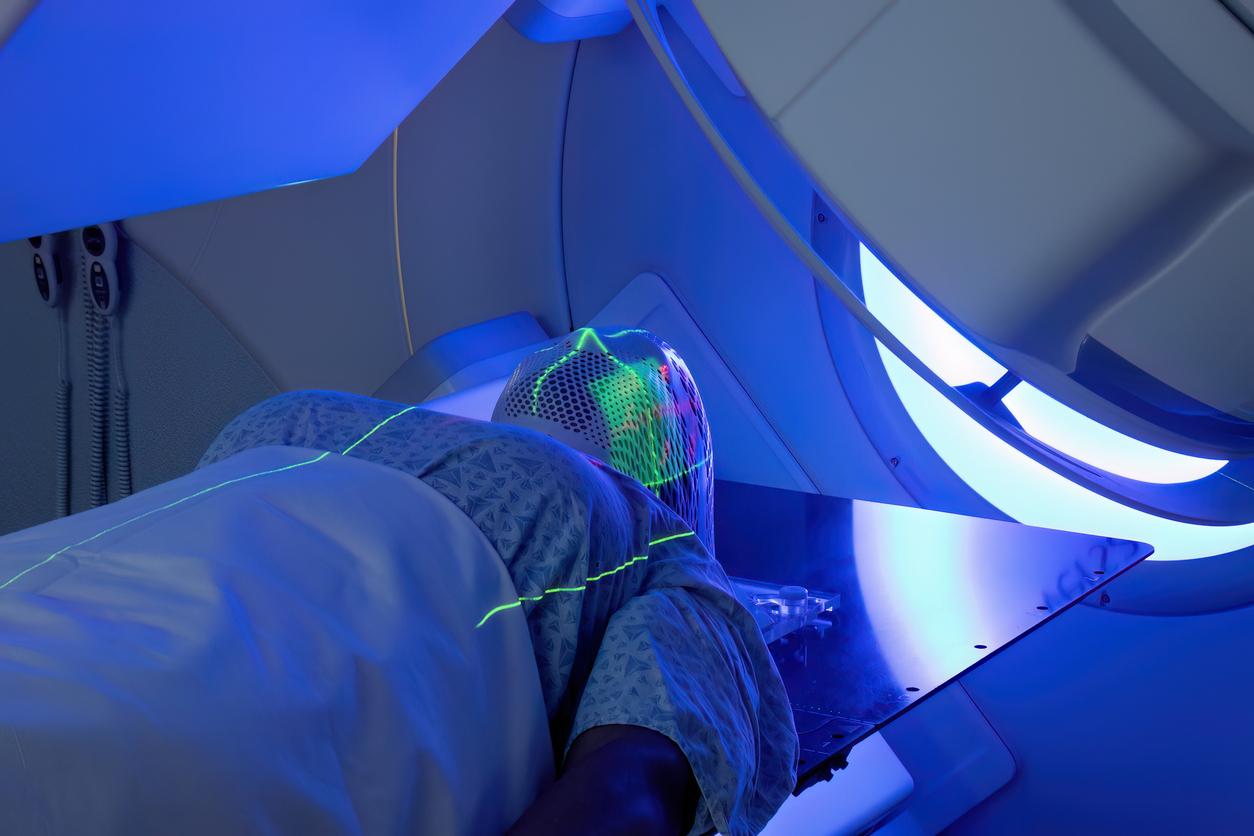The roughest breast forms are more likely to trigger lymphoma.
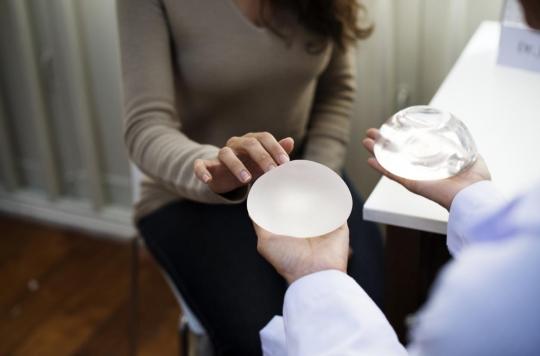
- Since 2007 in France, nearly 780,000 breast implants have been sold (excluding PIP), which corresponds to approximately 70,000 implants sold each year (figures stabilized between 2015 and 2019).
- The European regulation on medical devices, which came into force on May 26, 2017, strengthens the conditions for placing implantable medical devices on the market. Its application will be mandatory from May 26, 2021.
A new study analyzed how certain types of breast implants can lead to the development of lymphoma.
Breast implants are evolving
Silicone breast implants have been used since the 1960s. Early versions had smooth surfaces, but patients with these implants often experienced a complication called “capsular contracture”, in which scar tissue forms around the implant and compresses it, creating discomfort or even pain, as well as visible deformations. The implants could also turn around after implantation, requiring adjustment or surgical removal.
In the late 1980s, some companies introduced rougher surfaces intended to reduce rates of “capsular contracture” and to make implants stay in place.
Chronic inflammation
After conducting studies on mice, rabbits, and humans, researchers have found that rougher implants rub against surrounding tissue and cause greater irritation. This could explain why the most textured implants can lead to lymphoma : the hypothesis is that some of the material breaks off and becomes trapped in nearby tissues, where it causes chronic inflammation, which can ultimately lead to cancer.
“We hope that this article will serve as a basis for plastic surgeons to evaluate and better understand how the choice of implant can affect the health of the patient” concludes Omid Veiseh, professor of bioengineering.














